Martinus Rørbye (b. Drammen 1803, d. Copenhagen 1848) Rolling waves on the shore. Gammel Skagen. 1833. Unsigned. Oil on tinplate. 24×35 cm. Thorvaldsen's Museum, A Catalogue Raisonné of the Works of Martinus Rørbye 1981, no. 267. Exhibited: Kunstforeningen, “Fortegnelse over M. Rørbyes arbejder”, 1905 no. 281. Provenance: The artist’s estate auction, 1849 no. 113 as ”Et Studie (Rullende Sø ved en Strandbred); malet paa Blik” (”A study (Rolling waves on the shore); painted on sheet metal”); undoubtedly acquired by the Royal Physician Edvard Dahlerup (1812–1882), who at the same occasion acquired two other studies. These were later divided between Dahlerup’s children, and the beach study was passed on to his daughter, Ida Caroline ”Cary” Dahlerup (née 1865). Art dealer Axel Duckert (3550). In May 1833, Martinus Rørbye arrived in Skagen and was probably the first artist to set foot there. His visit only lasted two days, but he diligently made studies of the landscape and the locals. Until now, 14 to 15 drawn studies have been known from his visit to Skagen, while this newly discovered study must be the only one he executed in oil. For that reason, it can be considered the first “Skagen painting”, and thus an important addition to Skagen’s art history. The study is the only documented example of a Rørbye painting on sheet metal. In April of the same year, his good friend and teacher, Professor C. W. Eckersberg, had acquired six sheet metal plates, which he presumed to be zinc, and he experimented throughout the summer of 1833 with the smooth metal as a surface for his paintings. Today, five of these paintings are housed in museum collections, and recent technical examinations have found that they are actually painted on tinplate. Rørbye’s beach study is painted on a metal plate of the same type and with the exact same measurements as Eckersberg’s six plates, which makes it highly probable that he has acquired the plate at the same time, and with the same purpose as his teacher. Later in the year, the present beach scene was used as a study for Rørbye’s well-known painting “Strandscene fra Gammel Skagen med et optrækkende uvejr” (Beach scene from Gammel Skagen with an approaching storm), which he began in December 1833 (Ny Carlsberg Glyptotek inv. no. NCC MIN 0935). Based on this, the location is, with utmost certainty, Gammel Skagen.
Condition
Martinus Rørbye (b. Drammen 1803, d. Copenhagen 1848) Rolling waves on the shore. Gammel Skagen. 1833. Unsigned. Oil on tinplate. 24×35 cm. Thorvaldsen's Museum, A Catalogue Raisonné of the Works of Martinus Rørbye 1981, no. 267. Exhibited: Kunstforeningen, “Fortegnelse over M. Rørbyes arbejder”, 1905 no. 281. Provenance: The artist’s estate auction, 1849 no. 113 as ”Et Studie (Rullende Sø ved en Strandbred); malet paa Blik” (”A study (Rolling waves on the shore); painted on sheet metal”); undoubtedly acquired by the Royal Physician Edvard Dahlerup (1812–1882), who at the same occasion acquired two other studies. These were later divided between Dahlerup’s children, and the beach study was passed on to his daughter, Ida Caroline ”Cary” Dahlerup (née 1865). Art dealer Axel Duckert (3550). In May 1833, Martinus Rørbye arrived in Skagen and was probably the first artist to set foot there. His visit only lasted two days, but he diligently made studies of the landscape and the locals. Until now, 14 to 15 drawn studies have been known from his visit to Skagen, while this newly discovered study must be the only one he executed in oil. For that reason, it can be considered the first “Skagen painting”, and thus an important addition to Skagen’s art history. The study is the only documented example of a Rørbye painting on sheet metal. In April of the same year, his good friend and teacher, Professor C. W. Eckersberg, had acquired six sheet metal plates, which he presumed to be zinc, and he experimented throughout the summer of 1833 with the smooth metal as a surface for his paintings. Today, five of these paintings are housed in museum collections, and recent technical examinations have found that they are actually painted on tinplate. Rørbye’s beach study is painted on a metal plate of the same type and with the exact same measurements as Eckersberg’s six plates, which makes it highly probable that he has acquired the plate at the same time, and with the same purpose as his teacher. Later in the year, the present beach scene was used as a study for Rørbye’s well-known painting “Strandscene fra Gammel Skagen med et optrækkende uvejr” (Beach scene from Gammel Skagen with an approaching storm), which he began in December 1833 (Ny Carlsberg Glyptotek inv. no. NCC MIN 0935). Based on this, the location is, with utmost certainty, Gammel Skagen.
Condition
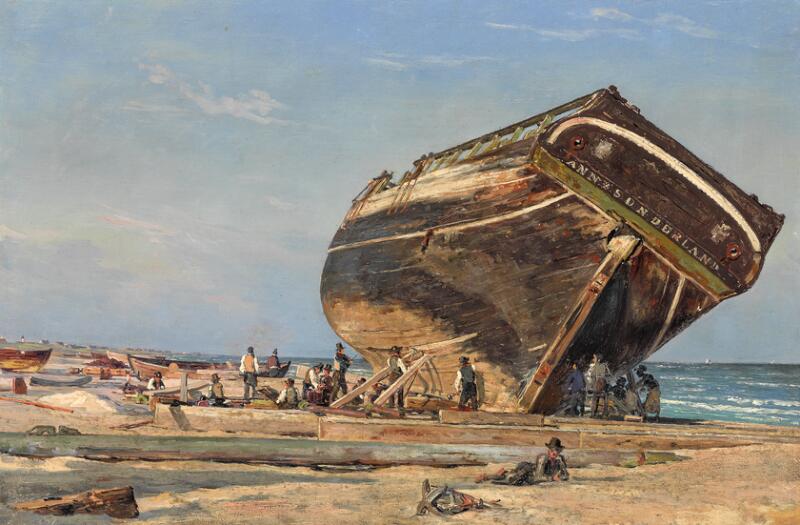

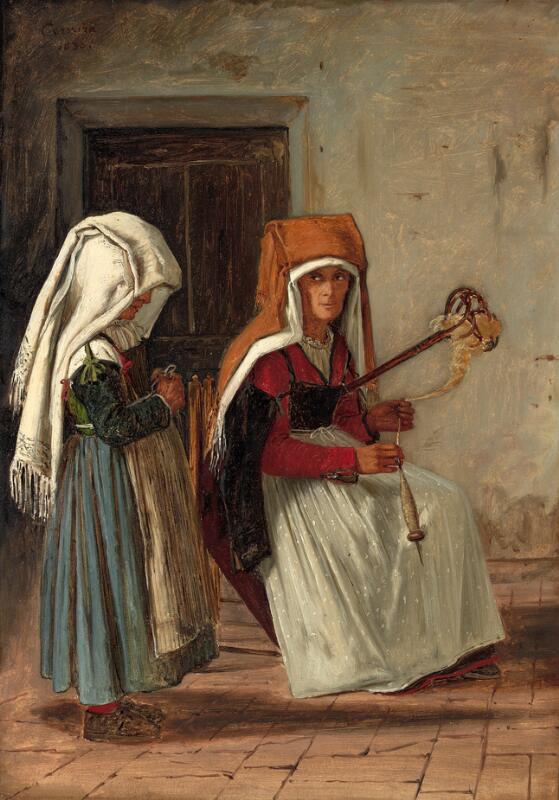
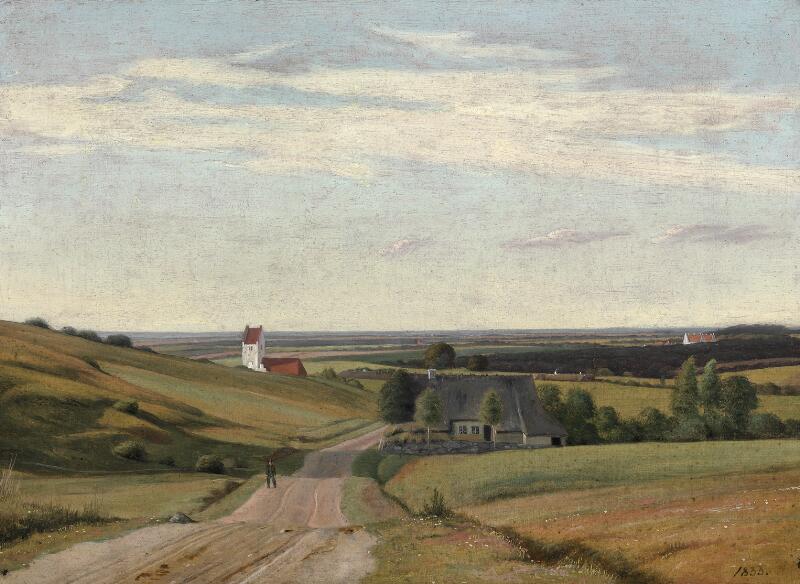
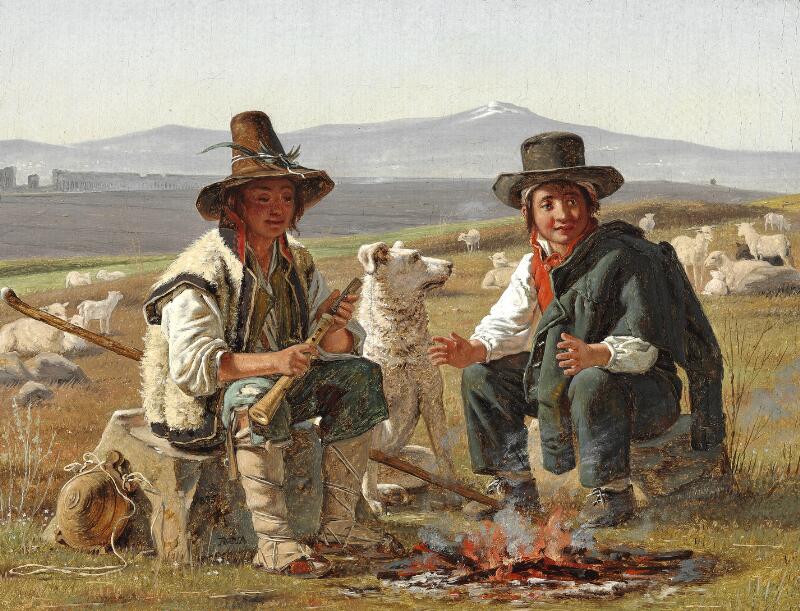


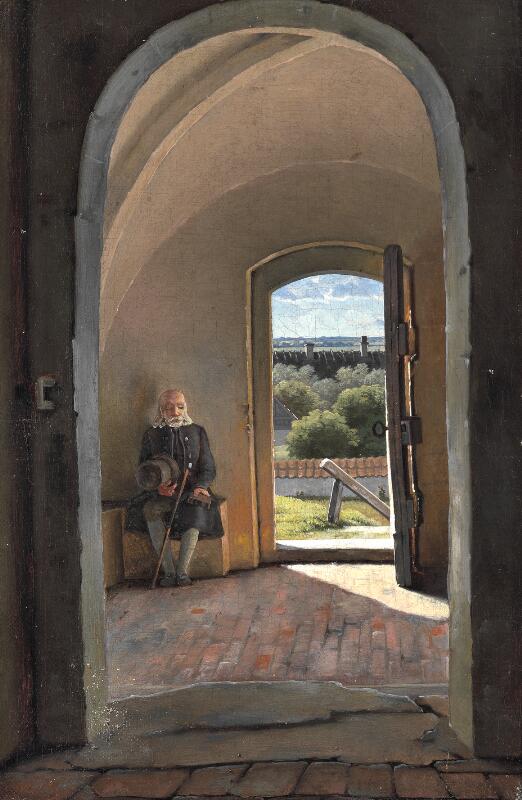
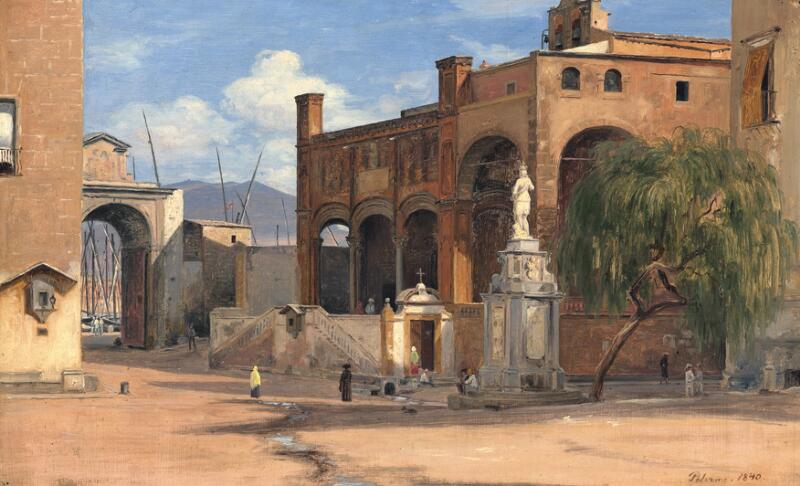
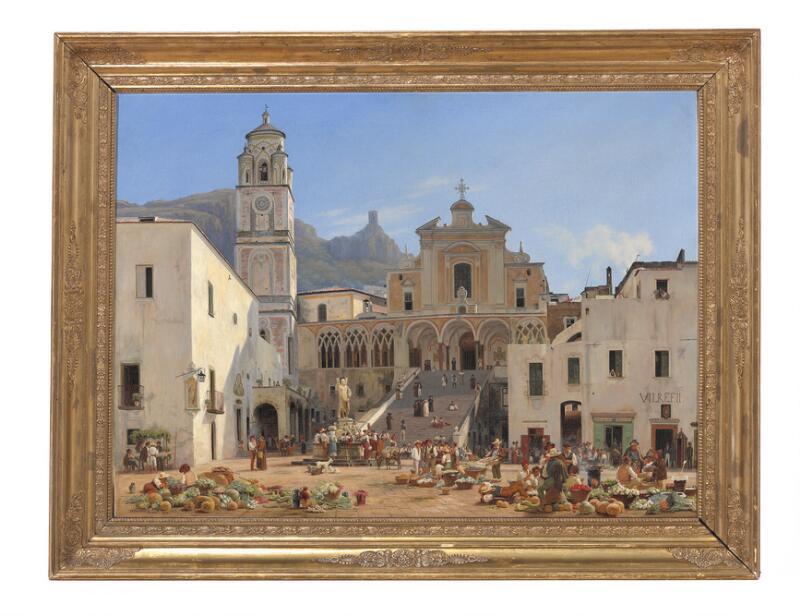
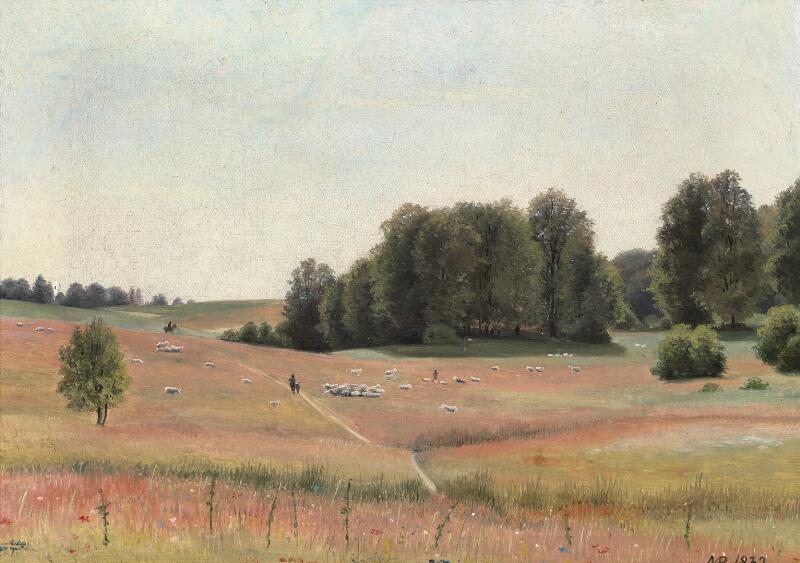
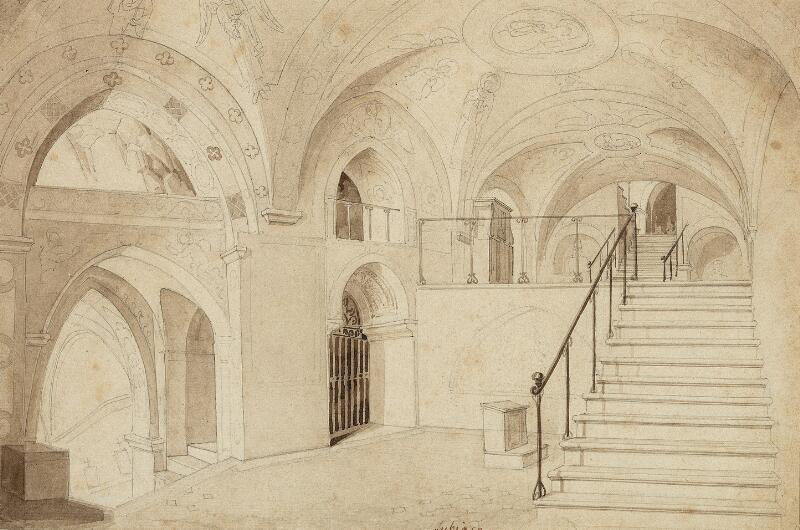

Testen Sie LotSearch und seine Premium-Features 7 Tage - ohne Kosten!
Lassen Sie sich automatisch über neue Objekte in kommenden Auktionen benachrichtigen.
Suchauftrag anlegen